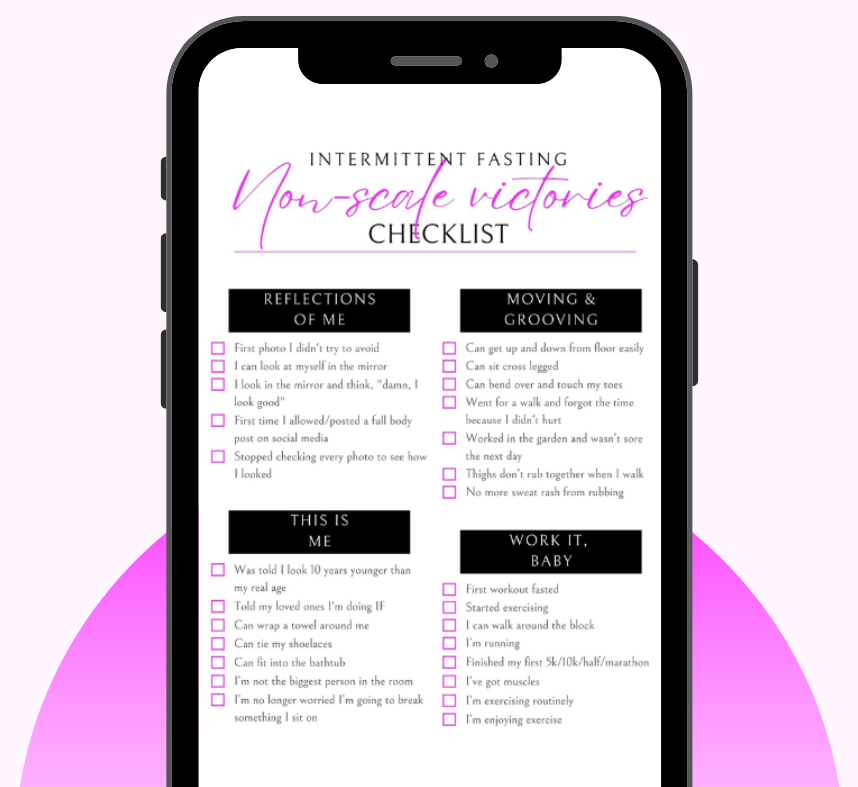Your cart is currently empty!
Conquer the fear of the hunger monster

If you’re new to intermittent fasting, you may have had the thought, “But how do you deal with hunger?”
Hunger – that annoying, sometimes tormenting, hollow feeling in your stomach, the insistent need to eat food now. At its peak, it can feel like your stomach is eating itself from within. Coupled with the fear of slowing down the metabolism because of “starvation”, it’s no wonder many hesitate to start intermittent fasting.
The fear of hunger is a real hurdle for many considering this approach to health and weight management. But here’s the truth: our bodies are equipped with a remarkable built-in mechanism to manage periods without food. Throughout human evolution, this natural process has evolved, allowing us to survive even with times of scarcity.
Dr. Jason Fung, a leading voice in the fasting world, uses a powerful analogy to illustrate this system. Think of your stomach as a fridge and your fat storage as a freezer. When you eat, you fill the fridge with food, which gets turned into energy. Any excess is stored away in the freezer. As long as the fridge is constantly restocked with frequent meals, your body sees no need to access the freezer.
This is the magic of intermittent fasting: accessing our natural fat-burning potential. This isn’t deprivation, it’s metabolic restoration. You’re tapping into your body’s natural ability to utilize stored energy. By introducing extended periods without food, we essentially empty the fridge. This triggers a metabolic switch, prompting your body to go to the freezer for energy.
Intermittent fasting helps restore your body’s natural ability to use stored fat, leading to weight loss and other health benefits.
And while your body efficiently burns fat, you get on with your day, free from the constant “what-to-eat-next” cycle, prepping snacks, or experiencing the post-meal slump. With intermittent fasting, you can focus on living, not just eating.
But what about those hunger pangs? As your body adapts to burning fat for fuel through consistent intermittent fasting, hunger pangs become less frequent and intense, often passing within minutes.
Your early days of intermittent fasting might involve your stomach holding mini concerts – embrace the symphony! Once you’ve mastered intermittent fasting, any white-knuckling should disappear.
A large part of this journey is to learn to understand your body’s natural responses and harness them for your well-being. Hunger is not a sign of weakness, it’s a sign of adaptation. By understanding the process and trusting your body, you’ll find the hunger subsides as your body adjusts.
Embrace the hunger pangs as temporary guides, knowing that on the other side awaits a world of metabolic freedom and a body functioning at its best. Remember, the freezer is full, and your body is ready to tap into its potential.
P.S. Check out Dr. Jason Fung’s video for more about the “Two-Compartment Problem” and the science behind intermittent fasting.

Get your 180 non-scale victories checklist
Are you tired of feeling trapped by the numbers on the scale? It’s time to shift your focus and discover the victories that truly matter on your wellness journey.
